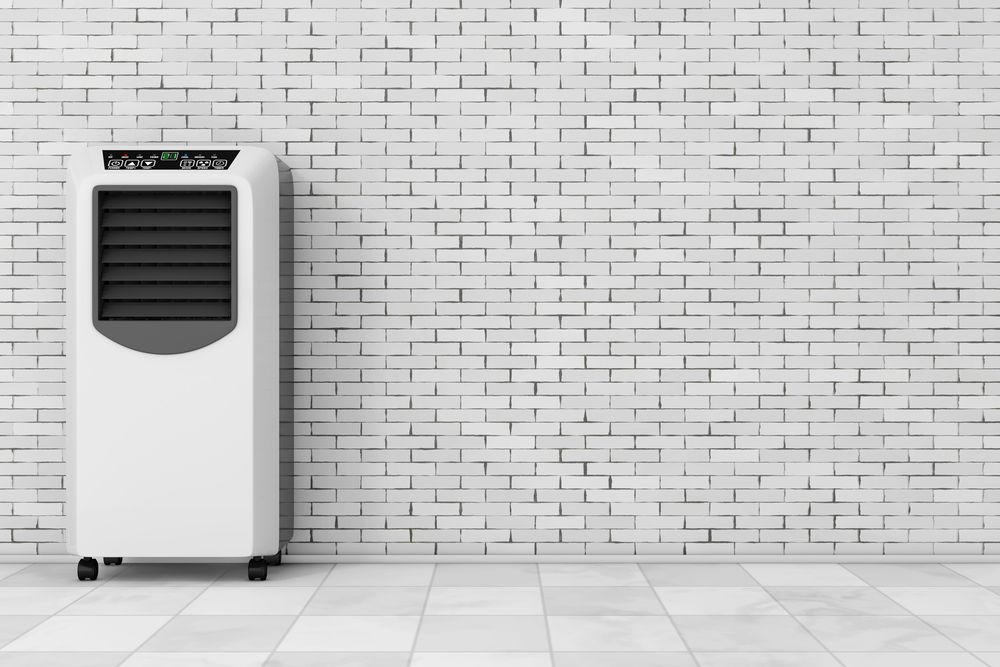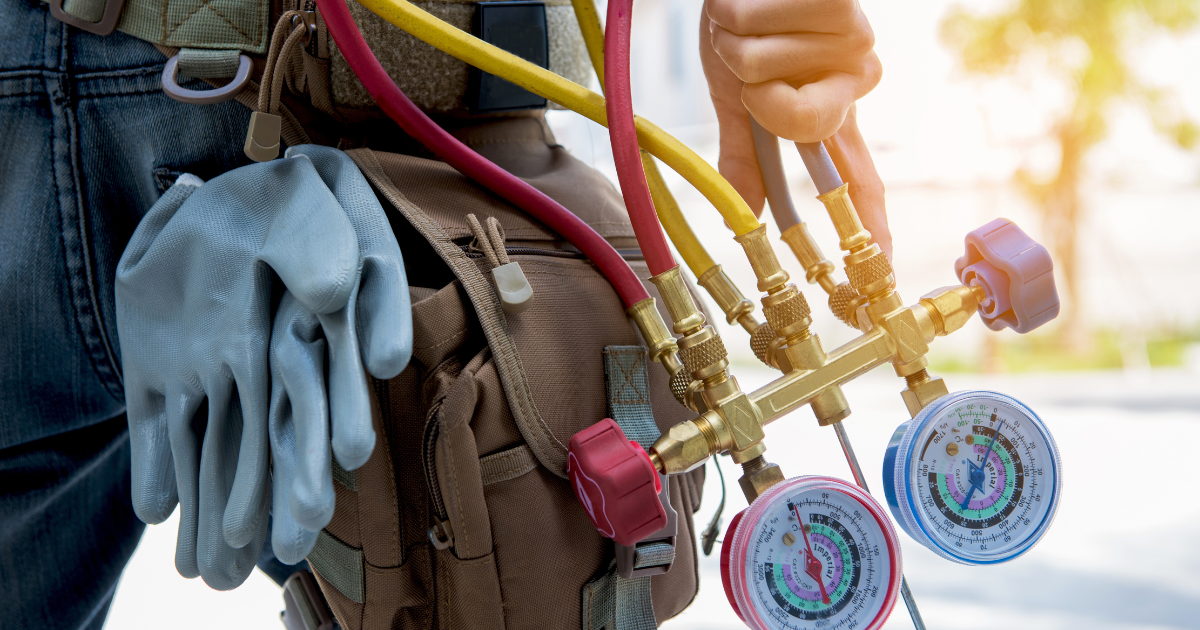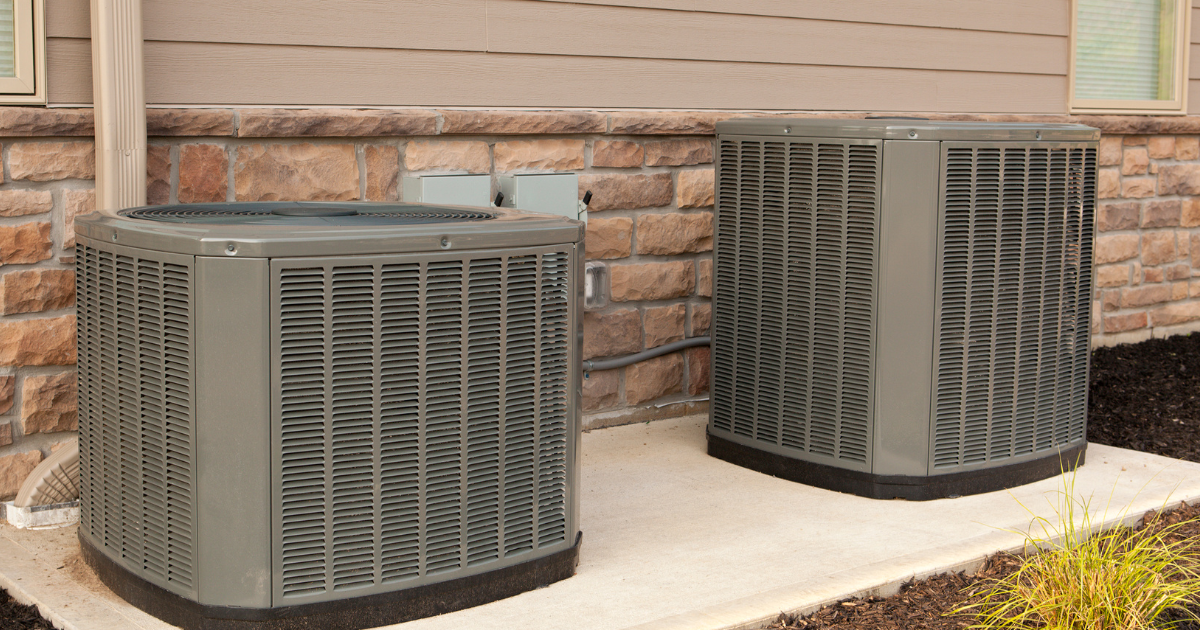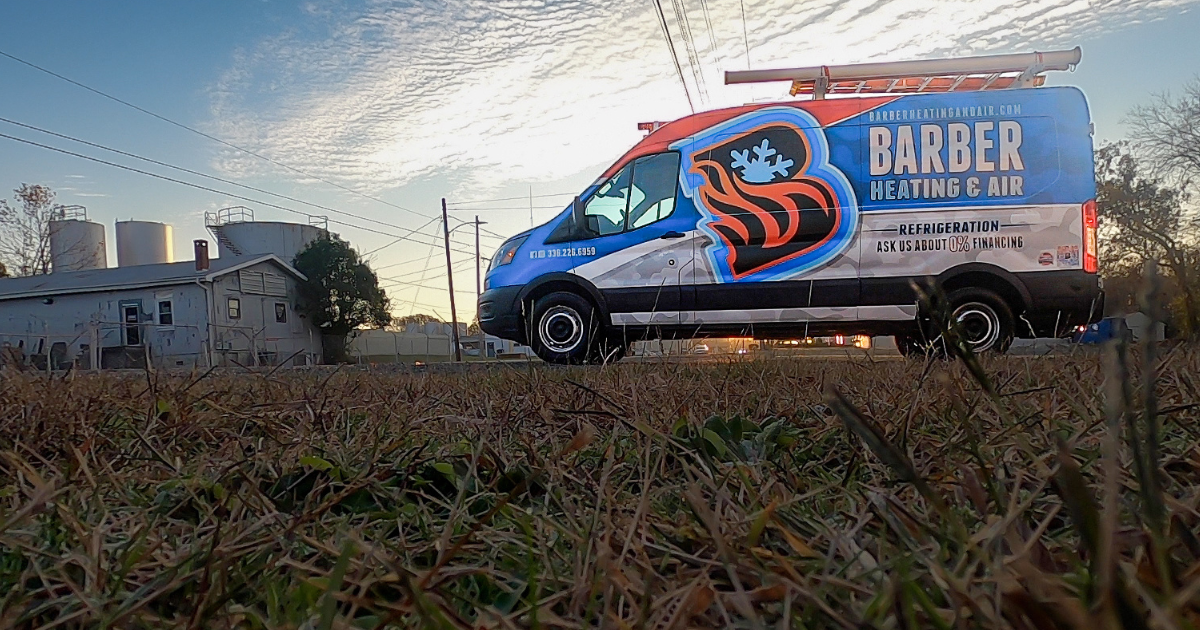
The Complete Guide to Buying a Portable Air Conditioning Unit
When you picture an air conditioner, a central AC unit that distributes air throughout a home via ducts and vents probably comes to mind. Or maybe window air conditioning units, which direct cool air into a single bedroom.
However, alternative home air conditioning methods exist, such as whole-house fans or even portable AC units. These systems are convenient, inexpensive, and may be incredibly efficient when appropriately utilized. A mobile AC unit may be perfect if you only want cool the air in one area.
If you are considering a portable AC, this complete guide is for you. We will tell you everything you need to know before you buy, so you can get the best unit for your budget and needs.
If you are short on time, here are the main things you need to know before you buy:
- What Are the Benefits of a Portable AC Unit?
- How Can I Choose the Right Portable AC Unit for Me?
- What Are the Best Features to Look for in a Portable A/C Unit?
- How to Set Up and Maintain a Portable AC Unit
- What is the Difference Between a Portable AC Unit and a Portable Air Cooler?
- Will a Portable AC Unit Lower My Cooling Costs?
What Are the Benefits of a Portable Air Conditioning Unit?
The ideal air conditioner for you depends on your needs. A portable air conditioner draws in room air, cools it, and returns it to the room, venting heated air outside through a window exhaust pipe. The unit’s controls enable you to change fan temperature and speed parameters.
This device is a cost-effective and adaptable alternative to central air conditioning and window units. It’s designed to cool a single room and is reasonably simple to install. It’s an excellent alternative for rooms without an existing cooling system or areas that don’t require constant cooling. It may also supplement bigger systems and assist in cooling apartments or rentals when a permanent unit cannot be installed.
Easy setup and portability afforded by a small design and wheels allow you to move and reinstall the air conditioner with minimum effort.
First, check if your window can accommodate a portable air conditioner. Units are made to accommodate various window sizes. Those meant for single or double-hung and sliding windows will not function with casement windows, which open by swinging outward.
How Can I Choose the Right Portable AC Unit for Me?
Choosing the best portable A/C for the size of your room is essential whether you want to chill your kitchen, office, guest bedroom, or any other room in the house.
A good air conditioner efficiently cools an entire space. A unit that is too small will not cool effectively, while one that is too large will not remove much humidity and will leave the air feeling moist. Determine the size of the room you wish to cool by multiplying the room’s length by the width to find the best A/C for your space.
You should also be aware of the A/C’s BTU rating, which shows how much heat it can eliminate from a room. A higher number indicates more cooling capacity for ample space. Here is how you can compare the size of your area to the BTU rating:
- Less than 299 square feet: 8,000 BTU
- 300 to 500 square feet: 10,000 BTU
- 501 to 700 square feet: 12,000 BTU
- And 13,000 BTU units for areas larger than 1,000 square feet
Bear in mind that as the BTU rating grows, so will the size and weight of the A/C.
The energy efficiency ratio (EER) measures an air conditioner’s efficiency. The greater the EER rating, the more energy efficient the air conditioner.
Portable units are often a more cost-effective cooling choice, but consider that A/C costs vary depending on criteria such as kind and BTU rating.
What Are the Best Features to Look for in a Portable Air Conditioning Unit?
The best portable air conditioning unit has features that increase the device’s versatility and convenience. Air conditioners with additional functions besides cooling are available.
Without cooling, a dehumidifier mode eliminates moisture from the air. A fan merely circulates the air in the room. Some mobile air conditioners may also be heated, allowing you to maintain the temperature comfortably all year.
Make sure that the unit is configured for each mode. Cooling mode, for example, needs warm air exhaust. Still, the dehumidifier function necessitates access to a drain to discharge the moisture the machine gathers.
Suppose your portable AC has a heater function. In that case, the heater unit will have a distinct BTU rating, which means it may accommodate a different room size.
Here are some of the features you should look for when buying a new portable air conditioning unit:
- Self-evaporating: An air conditioner eliminates moisture while cooling the air in a space. Water accumulates in the unit. Self-evaporating air conditioners eliminate the requirement for this water to be drained.
- Programmable Timer: A programmable timer may be programmed to turn the unit on and off at particular times, allowing you to save energy by using the air conditioner only when necessary.
- Remote Control: A remote control makes things easier. You may change the settings from across the room and turn the air conditioner on and off.
- Lamp Off: A lamp-off function allows you to switch off the panel displays so they don’t make your room too bright at night.
How to Set Up and Maintain a Portable AC Unit
Choose a spot near a window and a power outlet. It should be noted that the manufacturer may require you to plug the device straight into the outlet without using an extension cable. So how do you set up and maintain your portable AC unit?
Portable AC Setup is relatively quick and straightforward, requiring only a screwdriver to accomplish. Connect the exhaust hose to the unit’s movable window panel. Allow the unit to remain upright for at least one hour before using it.
Portable cooling systems require minimal upkeep, but it is still recommended to check them regularly. Before you begin, turn off the power to the device.
- As needed, empty the water from the device.
- Depending on the circumstances, even self-evaporating units may require emptying.
- Every two weeks or as indicated by the manufacturer, clean the air filter.
- Wipe clean the air conditioner with a moist cloth regularly to eliminate dust. Using a dry towel, remove any excess moisture.
What is the Difference Between a Portable AC Unit and a Portable Air Cooler?
An air cooler, also known as an evaporative cooler (or “swamp cooler), employs a fan and a water pump to cool the existing air. Conversely, an air conditioning system uses a chemical coolant to chill the interior air.
Air coolers add humidity to the air rather than remove it. One of the most useful places to install an air cooler is near an open window, where it can draw in hot, humid air and send out chilly air.
It’s preferable to have more windows open for improved circulation and a regular flow of fresh, dry air to keep the indoor air from becoming too damp and unpleasant.
The best air coolers to use are determined by the size of space you wish to cool. Look for “cooling area,” “area covered,” or equivalent in the model’s description or specs.
Will a Portable AC Unit Lower My Cooling Costs?
Many factors influence energy consumption and total use, including the specific model purchased and how it is used. However, you may use a portable air conditioner to reduce utility expenditures.
First and foremost, you may utilize it from room to room. Instead of using an extensive central air-conditioning system to chill the entire house, you may use a smaller portable air conditioner that consumes less energy to cool the area where you will spend most of your time. Instead of chilling the entire house, cool only the living area where you sit, read and watch TV.
Instead of trying to chill a single room by cooling the entire house, portable units allow you to provide a specific space for a short burst of cold air. Once again, increased efficiency results in a cheaper utility cost. When you can utilize a portable air conditioner instead of a central one, you will likely save money and consume fewer resources.
They may also be a smart option if you acquire a home without a central air system. Many older homes lack central air conditioning, leaving you with two options: build a whole central air conditioning system, which would likely cost you thousands of dollars, especially if it needs to be retrofitted into an older home, or install a different window and portable air conditioners.
In most situations, you can purchase enough air conditioners to chill your entire home for less than $1,000, which will result in significant savings. It may also be more efficient than employing a huge central air system, which must transport air into the home via numerous ductworks.
Final Thoughts
Portable air conditioners are ideal for small spaces and cooling single rooms. They are energy efficient since they don’t deliver air through ducts where it could warm up. However, a central AC unit might be your best bet if you are cooling a larger space or need to cool multiple rooms.
If you have more questions about finding the best AC unit for your home, contact Barber Heating & Air Refrigeration today!
Local Air Conditioning Repair from Barber Heating & Air Refrigeration
HVAC Winston-Salem NC
HVAC Greensboro NC
HVAC High Point NC
HVAC Burlington NC
HVAC Durham NC
HVAC Raleigh NC
HVAC Chapel Hill NC
Request Service
"*" indicates required fields


